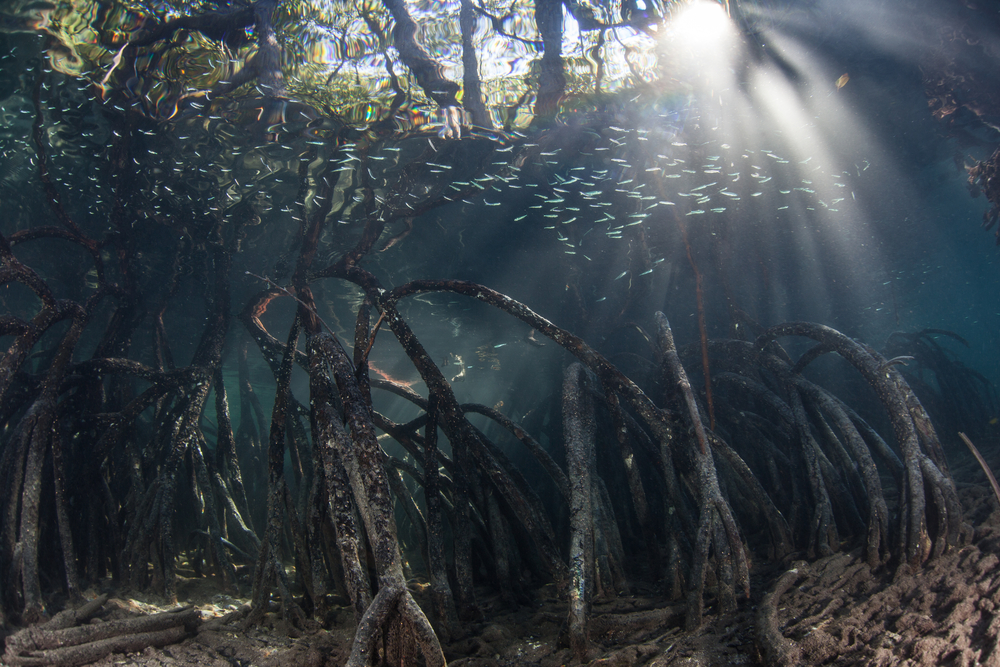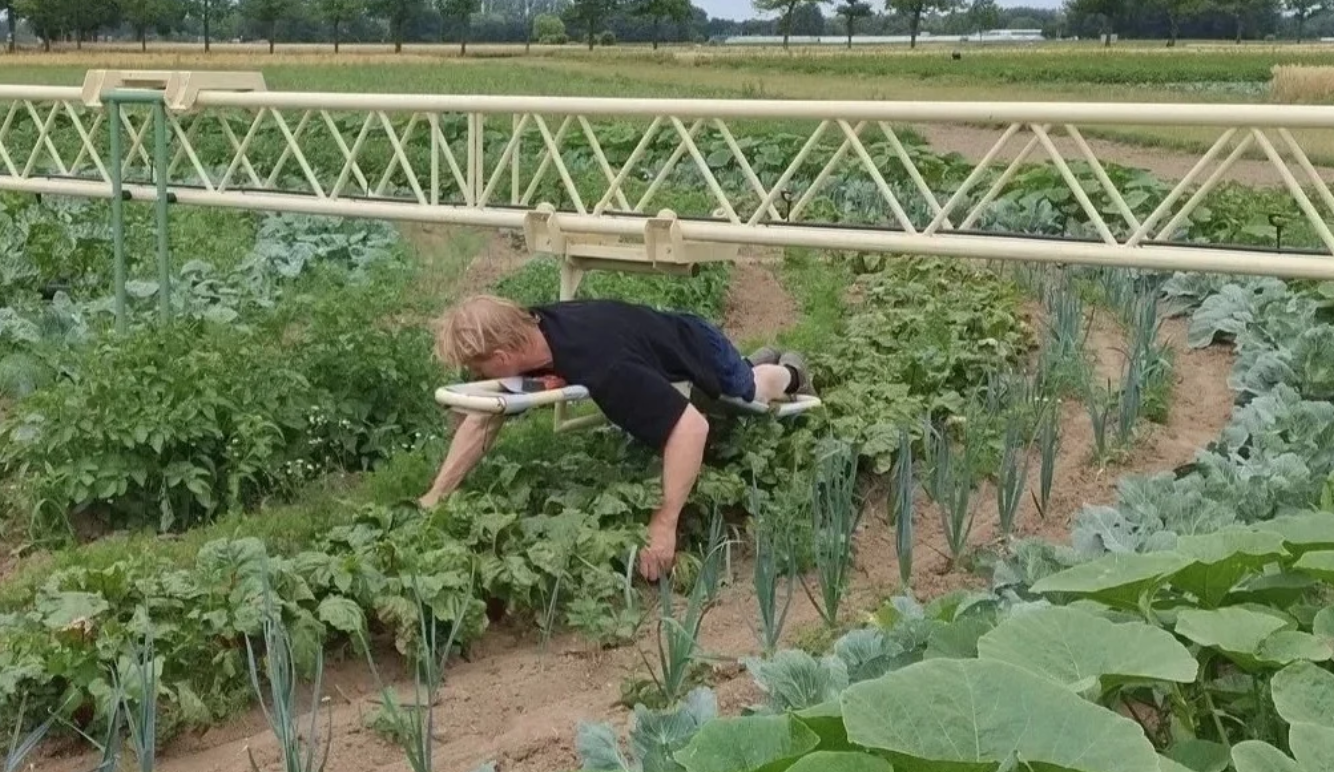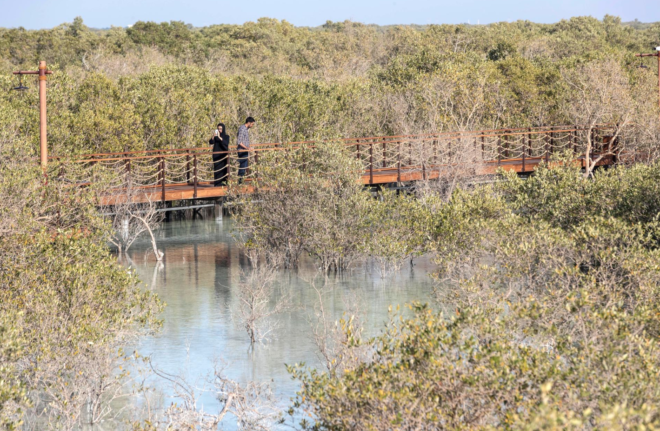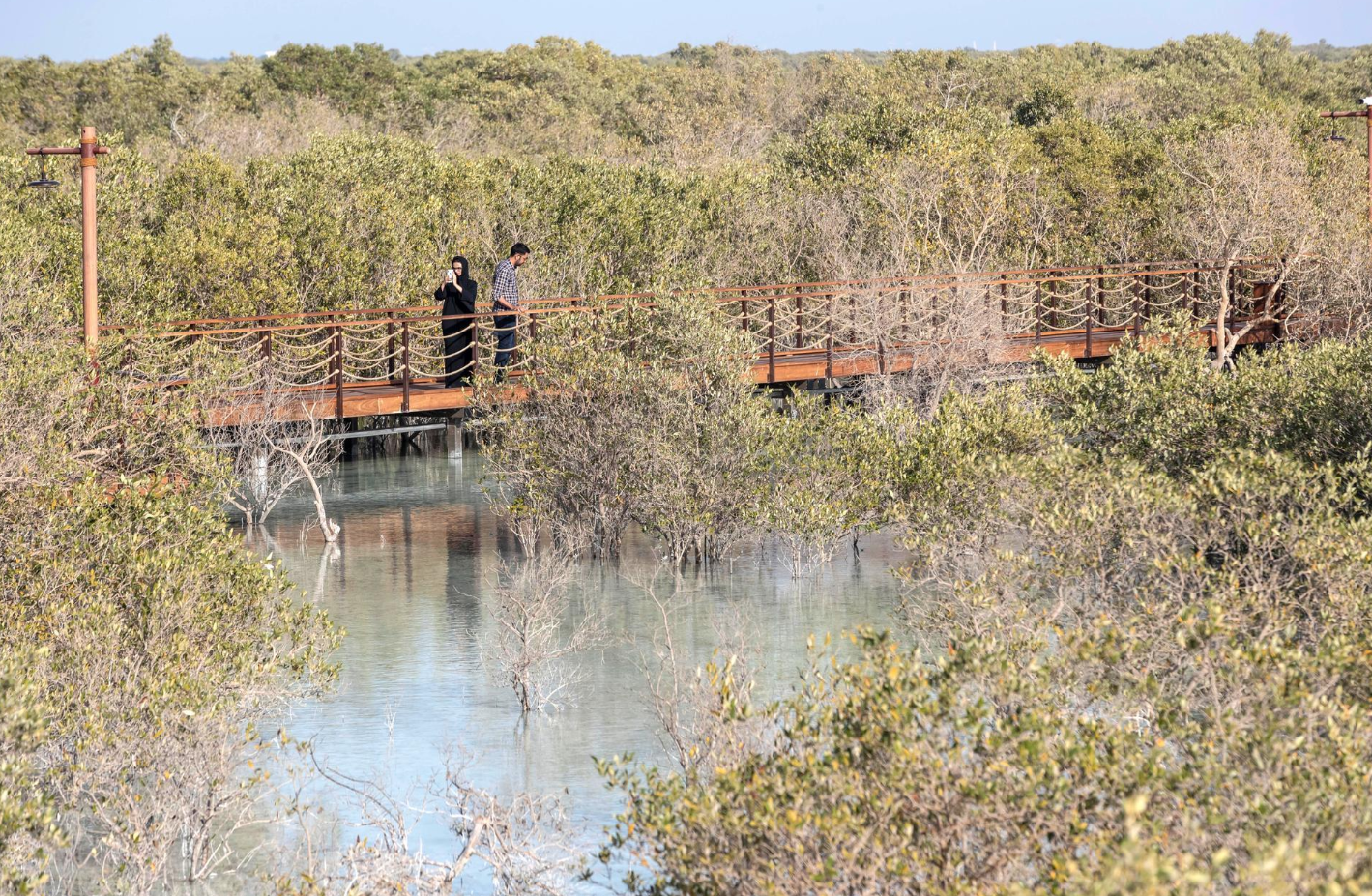Jubail mangrove wal in Abu Dhabi
Belém’s COP30 puts forests, freshwater and oceans at center stage. How are emerging markets treating nature as infrastructure— and plugging it into finance and trade. We know that the world has reached the coral tipping point, and as you are busy saving the trees and oceans, know how activists, locals, banks and business can work together. Learn the lingo of finance mechanisms to help save the planet.
Everyone will cover the headlines from the United Nation’s climate conference, this year called COP30 and which is in Belém, Brazil. Fewer will explain the mechanics of how nature becomes cashflow, trade leverage and resilience infrastructure—especially for the Global South. That’s the gap we’re filling. Green Prophet offers a practical question: what instruments exist right now to turn living systems into value chains that stand up to droughts, floods and supply-chain shocks? And how can MENA, Africa and Latin America lead instead of only react.
Know your terminology if you want to follow the conversations in the room
Blended Finance

Econcrete restores coastal habitats with low-cost concrete that mimics a natural shoreline.
Blended finance is the engine room. Public and philanthropic “first-loss” capital de-risks deals; commercial investors come in behind. The aim is to move beyond pilot projects into pipelines that pay for restoration at scale. The World Bank’s recent review shows a surprising depth of activity in nature-based infrastructure, with millions of people already benefiting from coastal and watershed projects that reduce disaster risk while growing local economies.
Let’s take an example we can get behind: Imagine there is huge project to fix a coastline that’s getting destroyed by storms over and over again. We know that planting mangrove trees and building natural barriers to protect homes and schools works. But who pays for this, especially in developing nations like Thailand, where government money might be tight, especially on small islands.

Thailand’s, and Saudi Arabian mangrove forests can help mitigate climate change by keeping rising tides and storms at bay
The problem is that it costs a lot to plant and maintain mangrove trees and natural barriers, and even less natural ones like the ones built by Eco-Concrete in costal areas of New York. There is a lot of good reasons why protecting coastlines are good: tourism, business and stability to invest in a region pay off in the long term.
So how does blended finance work? Big investors might not build a university or a business center in an at-risk area like Indonesia because its islands are at-risk from flooding. They watch as government and charities go first to build pilot projects. These groups take the first losses and are buffered to do so. When investors see a project or pilot is working, the investors and banks can join in.
The end result is that if it’s a project on island resilience, and it’s done well with the local community, the fishermen get more fish, the houses and infrastructure don’t flood, and tourism and businesses in the area improve. Now instead of the government or local municipality working to clean up new disasters as they happen, the community and investors protect a community and its economy.
Where this is doing well:
Indonesia: planting mangroves to protect coasts and create jobs, in Kenya where they are restoring forests to secure water for cities and farms and in Colombia, where they are rebuilding riversides to stop floods and boost tourism. The World Bank found millions of people already benefiting from nature-based projects like these. They’re not just experiments — but are becoming real business pipelines.
Debt for Nature Swaps
Debt-for-nature swaps are also keywords you will hear coming out of COP30 and debt-for-nature is having a moment. By refinancing sovereign debt of a nation and locking savings into conservation endowments, countries can protect mangroves, reefs and forests while improving fiscal stability.
The Bahamas’ swap—backed by private guarantees and insurers—unlocked roughly $124 million for ocean protection and mangrove recovery. Expect more hybrids like “blue bonds,” watershed bonds, and biodiversity-linked notes as COP30 pushes nature up the finance agenda.
Canada is beginning to explore similar nature-finance mechanisms. They are offering grants for businesses that support climate change initiatives. While small island nations pioneered debt-for-nature swaps, the logic applies anywhere natural assets protect economies. Take the St. Lawrence River and the Great Lakes Basin. This is a freshwater system worth trillions in trade, shipping, drinking water, hydropower, and fisheries — yet it faces rising storm surges, coastal erosion, surges in algae blooms, and biodiversity loss.
Imagine a Canadian “watershed bond” modelled on the Bahamas’ blue bond play: federal and provincial governments refinance aging municipal debt in water-adjacent cities like Toronto beaches, Kingston, Thunder Bay, and Windsor. Interest savings are then routed into a protected watershed fund to restore wetlands, rebuild fish nurseries, and reinforce natural floodplains that protect ports and neighborhoods.
Who backs it? Pension funds like CPP Investments, insurers hedging climate risk, and Indigenous-led stewardship trusts that secure long-term governance. Satellite and LiDAR data verify improved water quality, carbon storage, and flood protection — giving investors confidence that nature isn’t just a moral win, but a balance-sheet asset.
Nature Markets

Circle farming in Holland uses AI and nature together.
Nature markets are growing up fast — and not just carbon trading. Investors and governments are starting to put real contracts behind things like restoring habitats, protecting species, and improving fisheries. In the past, these ideas lived in Canva or PowerPoint presentations and pilot projects that didn’t go far beyond the anecdote stage. Today, they’re showing up in legal agreements, budgets, and deal pipelines.
What changed? Measurement tech and startups working in the impact space. We can now track how many fish return to a reef, how much flood damage is avoided when wetlands are restored, or how many species come back when forests regrow. When you can measure nature’s value, you can finance it. Also, investors found that impact companies can return significantly higher returns on investment.
The early winners will be projects that do more than one thing: reduce carbon, protect coasts, boost fishing incomes, create jobs, and improve water security. In short, projects and companies that score high in ESG. Instead of selling just one benefit, they’ll earn money from many revenue streams. The future natural economy isn’t supposed to be about charity — it’s revenue, resilience, and concepts like regenerative agriculture working together.
What to watch at COP30

A Brazil rainforest
Belém in Brazil may be remembered as the summit where nature moved from a side-event to system change. If you are there at the event, Look for bigger blended-finance vehicles for forests and watersheds, standardized biodiversity/ecosystem credit frameworks, clearer guidance on how trade tools like CBAM and deforestation-free rules interact with development and equity goals, and concrete deals in the Amazon and beyond that link restoration to export growth.
Media attention will swirl around politics, but the durable story is finance and how data can turn ecosystems, including jungles and seashore towns, into resilient value-chains.
Explore related coverage on Green Prophet


